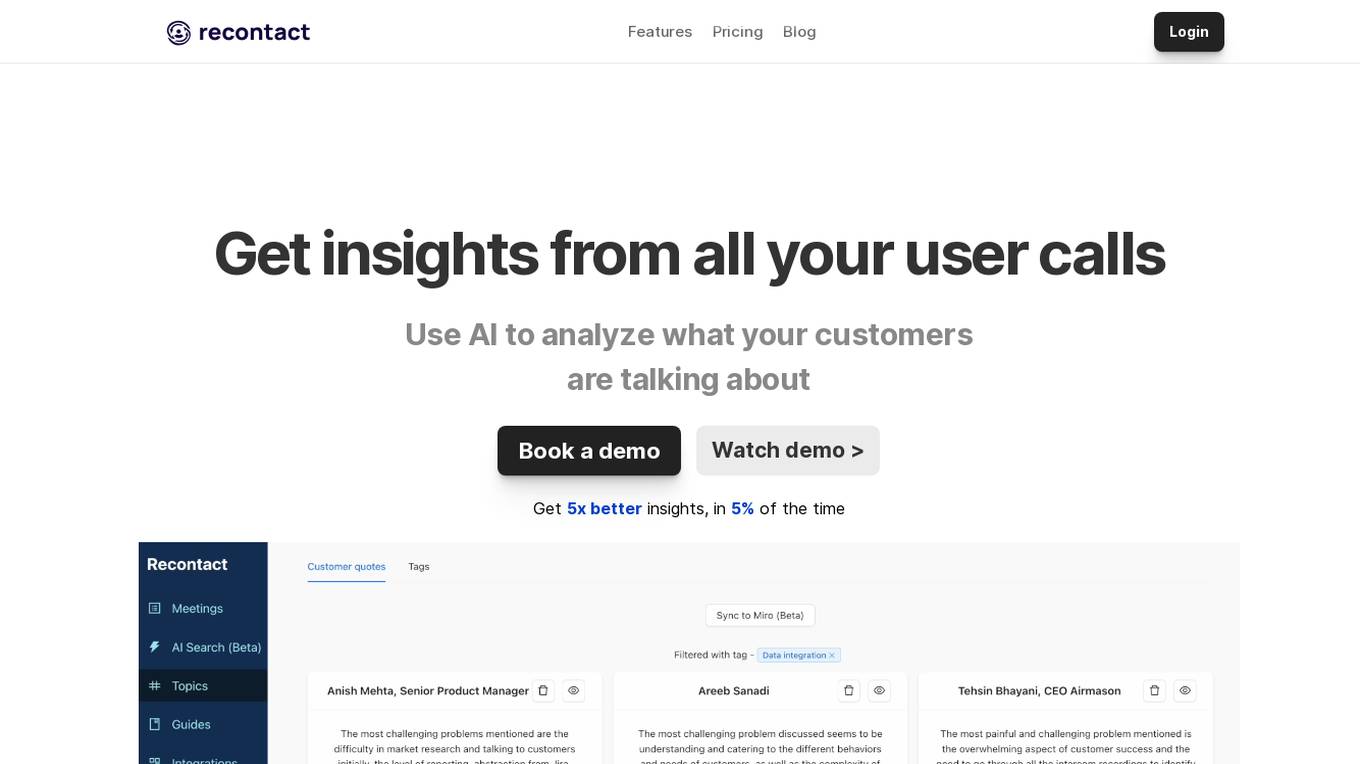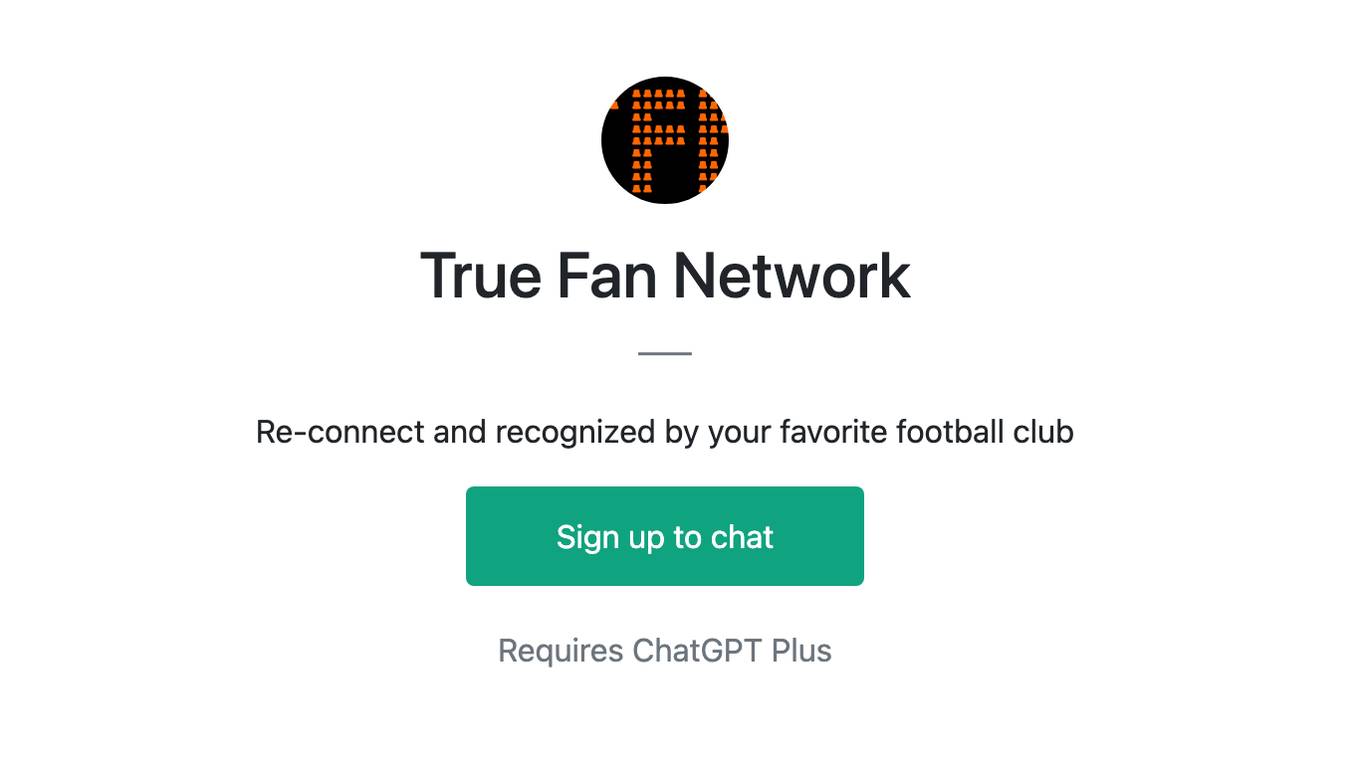Best AI tools for< Reconnect With Ex >
3 - AI tool Sites

Relationship 2.0
Relationship 2.0 is an AI-powered system designed to help individuals navigate through breakups, personal development, and rebuilding healthy relationships. By leveraging advanced AI technology, the platform offers personalized guidance, tailored plans, and expert advice to assist users in overcoming emotional challenges, understanding relationship dynamics, and fostering positive growth. Relationship 2.0 aims to provide a comprehensive solution for individuals seeking to improve themselves and reconnect with their ex-partners in a healthy and sustainable manner.

Recontact
Recontact is an AI-powered tool designed to help users analyze and gain insights from user calls efficiently. By leveraging AI technology, Recontact can process and extract valuable information from user conversations, enabling users to understand customer needs, identify trends, and generate detailed reports in a matter of minutes. The tool streamlines the process of listening to call transcripts, making affinity diagrams, and understanding customer requirements, saving users valuable time and effort. Recontact is best suited for early-stage founders, user research teams, and customer support teams looking to analyze user interviews, validate startup ideas, and improve customer interactions.

Sensae
Sensae is an AI-powered biofeedback platform that uses data-driven techniques to enhance personal well-being. It integrates physiology and psychology using haptic biofeedback to help people reconnect with their inner emotions. Sensae's technology provides deep insights into the body and mind, uncovering hidden emotional patterns and revealing the complex web of human behavior and thinking. The platform offers a range of modules, including advanced bio-monitoring, stress assessment, heart rate variability assessment, and psychometric testing. Sensae's proprietary wearable device provides haptic biofeedback, creating a direct feedback loop that ensures the effectiveness of both stimuli and interventions.

